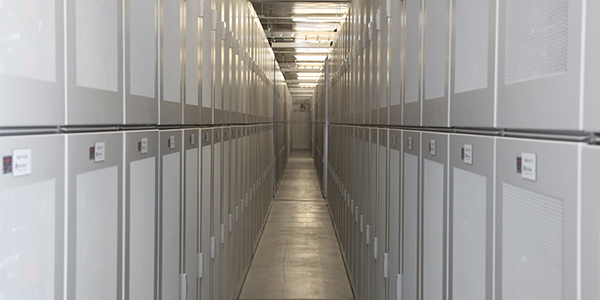CAISO on Thursday presented its final proposal in the fourth and last phase of its five-year effort to make it easier for energy storage and distributed energy resources (ESDER) to participate in its markets.
The ESDER initiative includes rooftop solar, energy storage, plug-in electric vehicles and demand response. (See CAISO Eases Rules for Energy Storage, DERs.)
DR is seen as an increasingly important part of California’s resource adequacy programs and played a role in CAISO’s efforts to reduce electricity use during rolling blackouts of Aug. 14-15 and the strained grid conditions of Aug. 17-18. (See CAISO Provides More Details on Blackouts.)
“As we move into the future, California will rely more heavily on variable and availability-limited resources as we move to decarbonize the grid,” Lauren Carr, a CAISO infrastructure and regulatory policy specialist, said during Thursday’s stakeholder call and presentation. “It’s critical to assess the ability of preferred resources to displace both capacity and energy provided by traditional thermal [generation].”
The ESDER Phase 4 final proposal includes an informational section that discusses a new approach to predicting the capacity of variable-output DR resources. The ISO defines a variable-output DR resource as one “whose maximum output can vary over the course of a day, month or season due to production schedules, duty cycles, availability, seasonality, temperature, occupancy, etc.”

Banks of utility scale battery storage | Southern California Edison
“For instance, certain demand response resources’ output may vary with weather, like an AC cycling demand response program that can reduce more load on a hot day, when air-conditioner use is high, versus on a moderate day, when air-conditioner use is low,” the ISO said in its plan.
“When a variable-output demand response resource provides resource adequacy capacity in the year-ahead or month-ahead time frame, depending on conditions, the resource may be unable to deliver its full stated resource adequacy capacity in the day-ahead or real-time given its variable nature.”
CAISO contracted with Energy and Environmental Economics to develop a way to evaluate the resource adequacy value of DR using effective load-carrying capability (ELCC), which evaluates reliability in each hour of a simulated year and compares a resource mix with limited resources against one with unlimited resources. A resource that contributes a significant level of capacity during high-risk hours will have a higher capacity value than a resource that delivers the same capacity only during low-risk hours.
The California Public Utilities Commission currently uses ELCC to determine the qualifying capacity of wind and solar resources, but it has not been used to assess variable-output DR. CAISO said the method could be used by local regulatory authorities to anticipate the true contributions of such resources.
In addition, the ESDER 4 final proposal addresses a state-of-charge biddable parameter for storage resources; streamlines market participation agreements for non-generator resources; applies market power mitigation to storage resources; and sets a maximum daily run time parameter for DR.
Updates to the final plan include details on the market application of the end-of-hour state-of-charge, clarifying when it is recognized within the short-term unit commitment process and how its use by a resource may impact its resource adequacy valuation.
Comments on the final proposal are due Sept. 10. It is scheduled for an advisory vote by the Western Energy Imbalance Market Governing Body on Sept. 16 and a vote by the CAISO Board of Governors on Sept. 30. FERC must then approve the ISO’s Tariff changes.
CAISO said the initiative will apply to EIM participants by changing the non-generator resource and proxy demand resource model, but there are no changes specific to EIM balancing authority areas.


